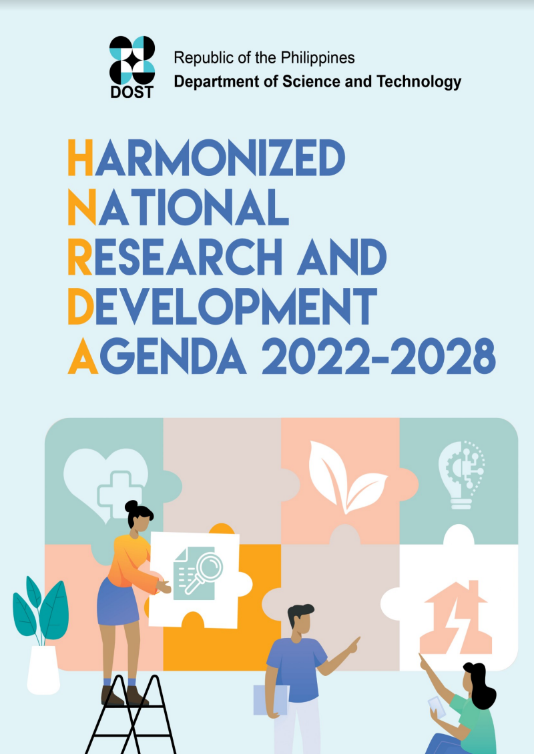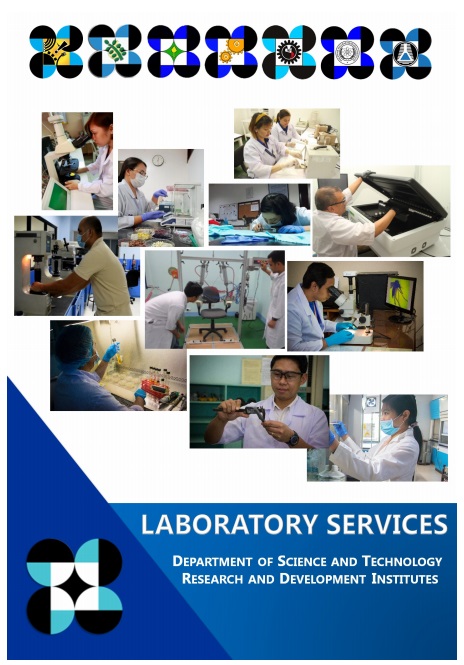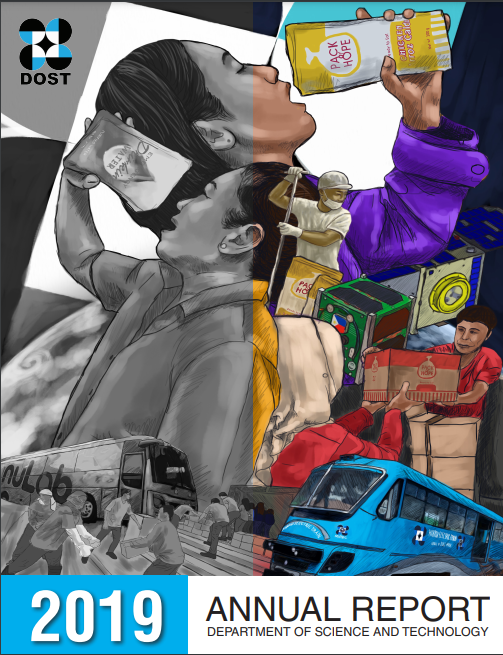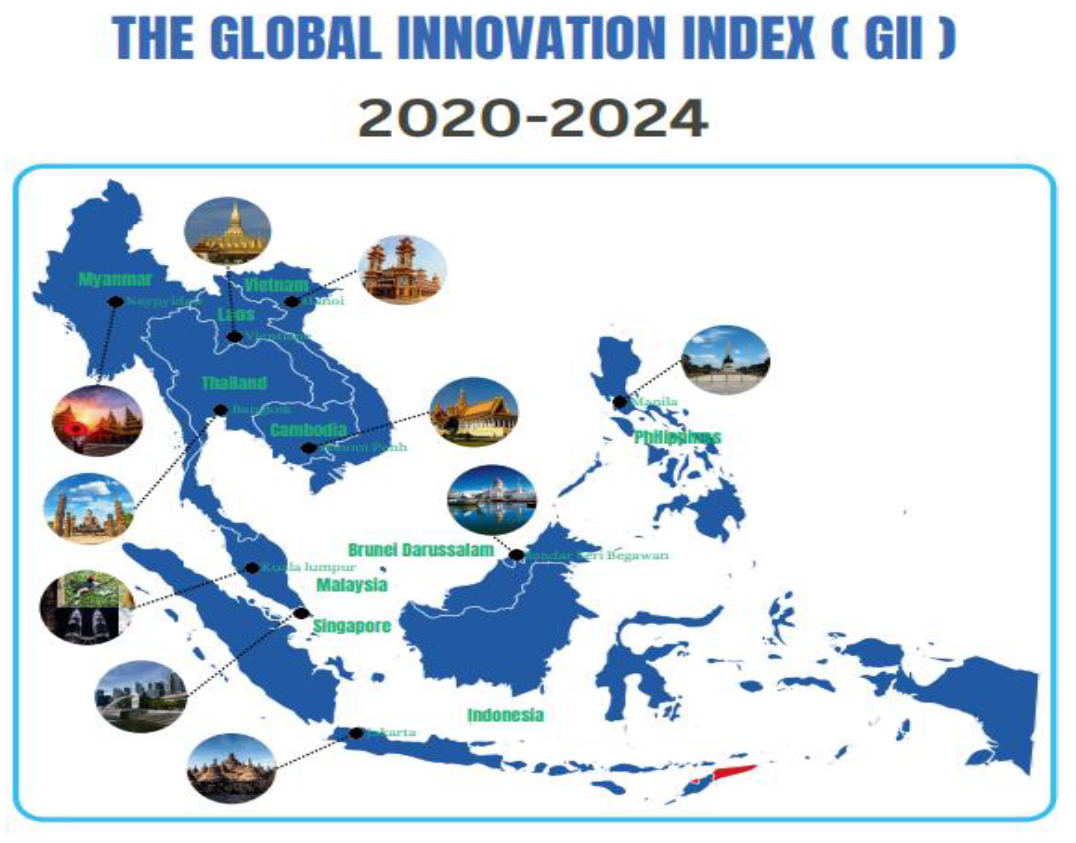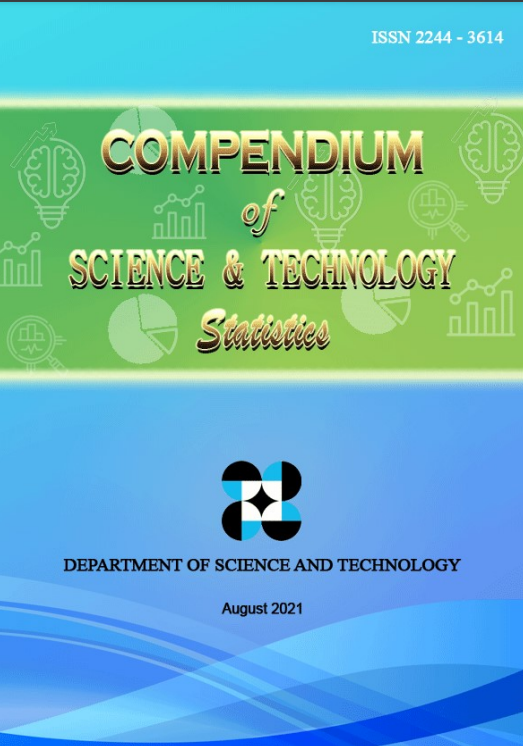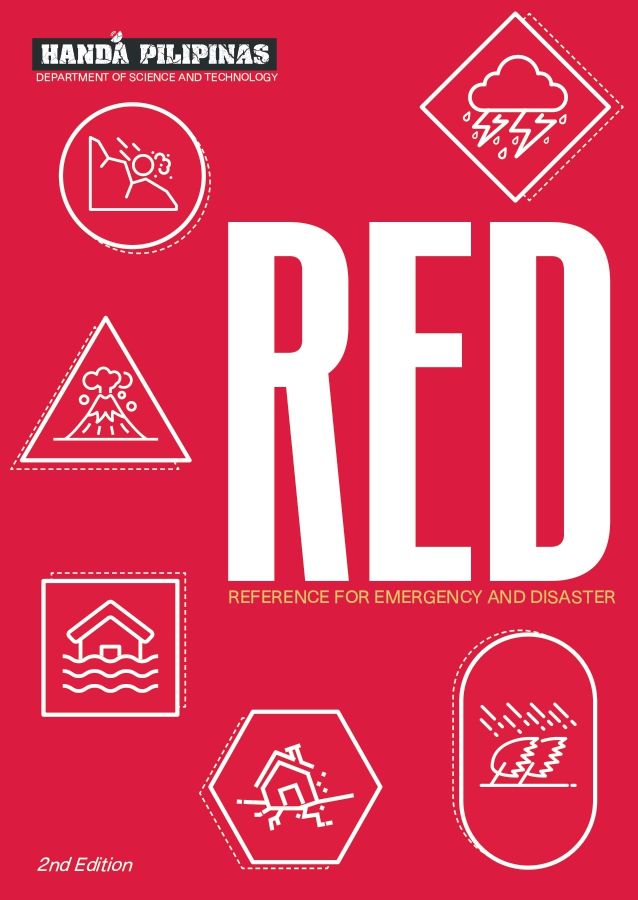Experts to talk of future PH and future earth in DOST council’s assembly
- Details
- Hits: 7129
When the country bore the brunt of natural disasters last year, the members of the National Research Council of the Philippines (NRCP), the advisory council of the Department of Science and Technology (DOST), felt the urgency to deliberate on some action plans and programs to thwart similar occurrences. Thus, this year, in its 81st General Membership Assembly dubbed Future Earth, Future Philippines to be held on March 26 – 27 at the Historic Manila Hotel, NRCP will convene hundreds of Filipino researchers, scientists, technologists, innovators, and economists to discuss the future prospects of the country and the world.
Read more: Experts to talk of future PH and future earth in DOST council’s assembly
UP, USC studes get plum in the BPI-DOST awards
- Details
- Hits: 4682

BPI-DOST 2014 Science Awardees, namely, Alexander John Cruz from University of the Philippines Diliman, grand winner (middle); Jessa mari Makabenta from University of the Philippine Los Baños, 1st runner up (second from left); and Kevin Colina from University of San Carlos in Cebu City, second runner up (fourth from left) are flanked by DOST Undersecretary for S&T Services Prof. Fortunato de la Peña (leftmost) and BPI Foundation, Inc. President Cezar Consing (rightmost). The BPI-DOST grand prize winner and runners up received cash prizes of P50,000; P30,000; and P10,000, respectively plus plaque, and a graduate scholarship for the grand winner. The BPI-DOST Science Awards, now on its 25th year, is a joint undertaking of the BPI Foundation, Inc. and the DOST through the Science Education Institute. (Photo by Maria Judith L. Sablan, S&T Media Service, DOST-STII)
DOST’s new E-beam facility to fire up radiation research and industry
- Details
- Hits: 14309
The Department of Science and Technology- Philippine Nuclear Research Institute (DOST-PNRI) is establishing an Electron Beam irradiation facility at the PNRI compound, bringing the country’s technology at par with the international community through the applications of radiation processing in various industries.
Read more: DOST’s new E-beam facility to fire up radiation research and industry
DOST-DILG kick off joint program on disaster preparedness
- Details
- Hits: 6385
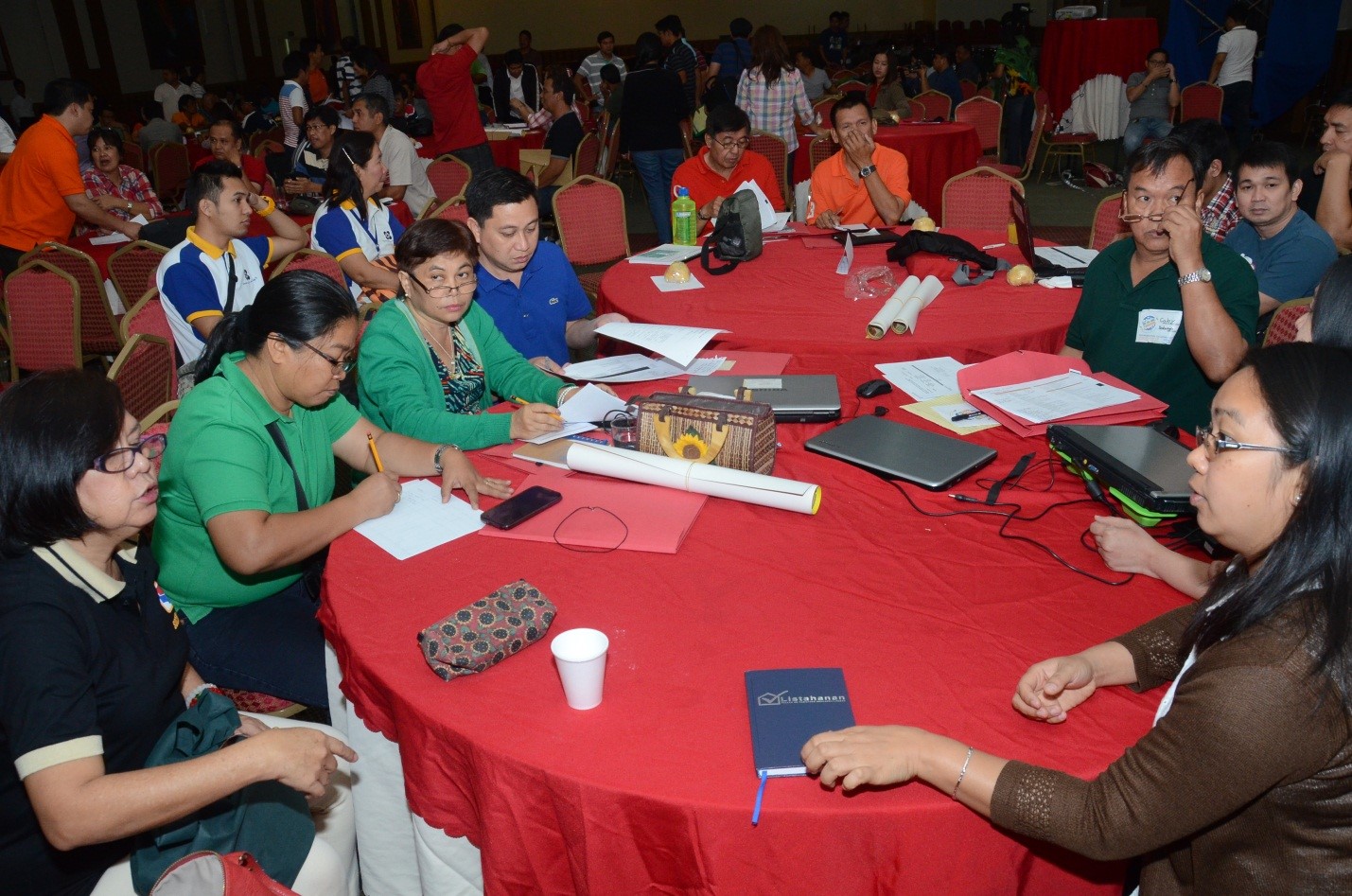
The Department of Science and Technology (DOST), in partnership with the Department of Interior and Local Government and the Office of Civil Defense kicked off the first leg of its regional disaster information campaign dubbed as "Iba na ang Panahon! Science for Safer Communities" last March 3 at the Oxford Hotel, Angeles City, Pampanga.
Read more: DOST-DILG kick off joint program on disaster preparedness














